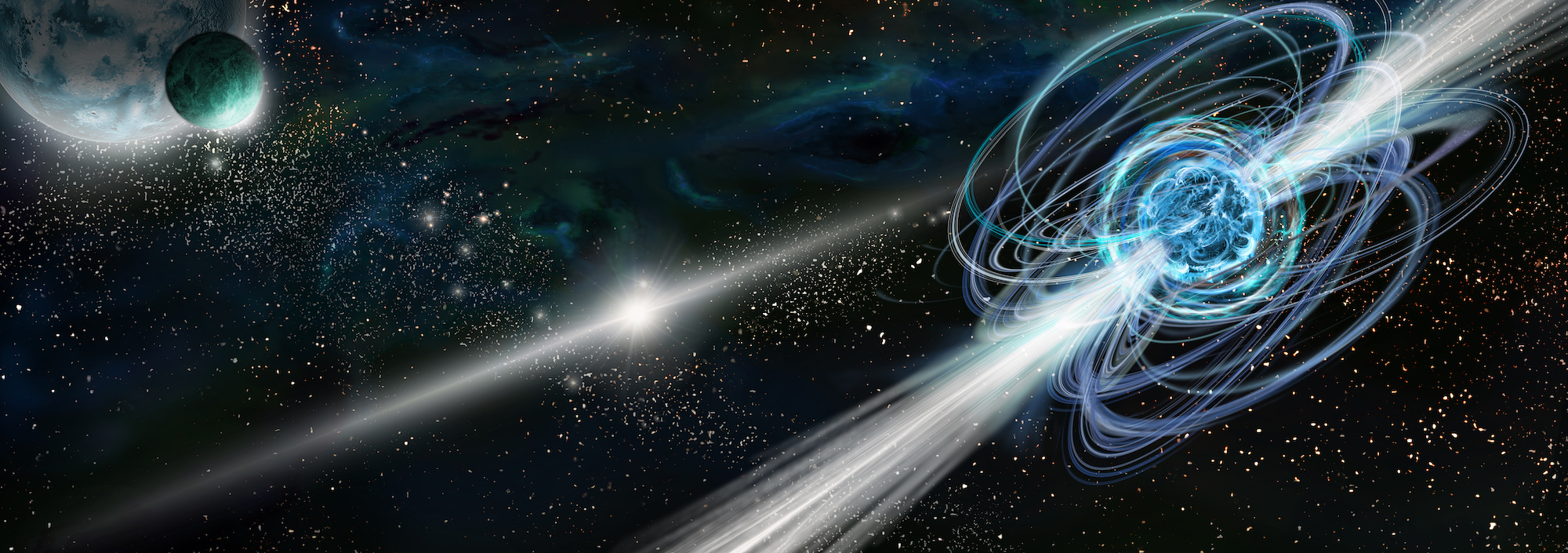
Did you know that magnets are some of the most fascinating and powerful objects in existence? From building simple toys to powering complex electronic systems, these amazing natural forces hold a host of incredible abilities. In this article, we’re going to take a look at 11 facts about magnets that will surprise even experienced experts in the field. Whether you already have a keen interest in magnetism or just want to learn something new, read on for an exploration into one of nature’s most impressive phenomena.
Magnets always have two poles.
No matter how many times you cut a magnet, each piece will always have two poles – a north and a south. This phenomenon, known as the dipole nature of magnets, is what gives magnets their unique ability to attract and repel other magnets or magnetic materials.
Earth is a giant magnet.
The Earth itself is a huge magnet, due to the presence of a molten iron core at its center. The Earth’s magnetic field is what makes compasses work and protects our planet from harmful solar radiation.
The strongest magnet in the universe is in space.
Neutron stars, remnants of supernovae, are the strongest known magnets in the universe. They possess a magnetic field that’s a billion times stronger than the Earth’s. Their density is so high that a spoonful of neutron star material would weigh about a billion tons!

Not all metals are magnetic.
Contrary to popular belief, not all metals are magnetic. The most magnetic materials are iron, nickel, and cobalt. Other metals, like aluminum, gold, and silver, are not magnetic.
Magnets can lose their magnetism.
Magnets can lose their magnetism when subjected to high temperatures or a strong opposing magnetic field. This process is called demagnetization. However, it’s also possible to remagnetize them.
Monopoles do not exist (so far).
In theory, a magnetic monopole – a magnet with only one pole – could exist. However, despite numerous scientific efforts, no one has ever found a naturally occurring or man-made monopole.
The first magnets occurred naturally.
The earliest known magnets are naturally occurring minerals called lodestones. Ancient Greeks discovered that these stones attracted iron, and they were used to create the first compasses in China.
Magnetic fields are invisible.
Magnetic fields are invisible to the human eye, but they can be visualized using iron filings. When sprinkled around a magnet, these filings align along the magnetic field lines, creating a visible pattern.

Magnets can influence animal behavior.
Many animals, such as birds and bees, use the Earth’s magnetic field for navigation. Some studies also suggest that cows and deer tend to align their bodies along the magnetic field lines when resting.
Superconductors can expel magnetic fields.
Superconductors, materials that conduct electricity without resistance, can expel magnetic fields due to a phenomenon called the Meissner effect. This can cause a magnet to levitate above a superconductor!
What is the future of magnets?
The future of magnets is quite promising. They’re now being used in advanced technologies like magnetic levitation trains, MRI machines, and renewable energy generators. Research in magnetism may unlock more exciting applications in the near future.
Conclusion
Magnets are a truly remarkable phenomenon – in spite of their seemingly basic principles, there is so much to learn about them. It is a shame that so few of us can appreciate their amazing functions and abilities; all too often we just take magnets for granted, never realizing how important they are or the potential that is still held within them. Hopefully, this article has provided you with a deeper insight into magnets – understanding even some of these 11 lesser-known facts can open your eyes to the beauty and complexity of magnetism. And who knows; you may even be inspired to explore more of the fantastic properties found in our very own powerful and mysterious magnets.
Was this page helpful?
Our commitment to delivering trustworthy and engaging content is at the heart of what we do. Each fact on our site is contributed by real users like you, bringing a wealth of diverse insights and information. To ensure the highest standards of accuracy and reliability, our dedicated editors meticulously review each submission. This process guarantees that the facts we share are not only fascinating but also credible. Trust in our commitment to quality and authenticity as you explore and learn with us.


